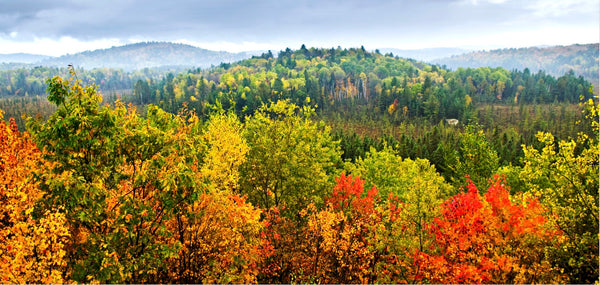
Get news, updates, & event Info delivered right to your inbox:
Good News From the Month of October
Leaves are falling. There’s a comfortable chill in the air, and many people are preparing for a night full of trick-or-treating and ghostly activities. In other words, it’s officially spooky season!
With Halloween right around the corner, we want to share with you some not-so-spooky environmental stories that will be sure to get you in the holiday spirit! So, as you’re putting on those costumes, buying the candy, or spooking the neighbors, let’s celebrate all the amazing things Mother Earth has done for us this month.
Let’s dive into some good environmental news from October!
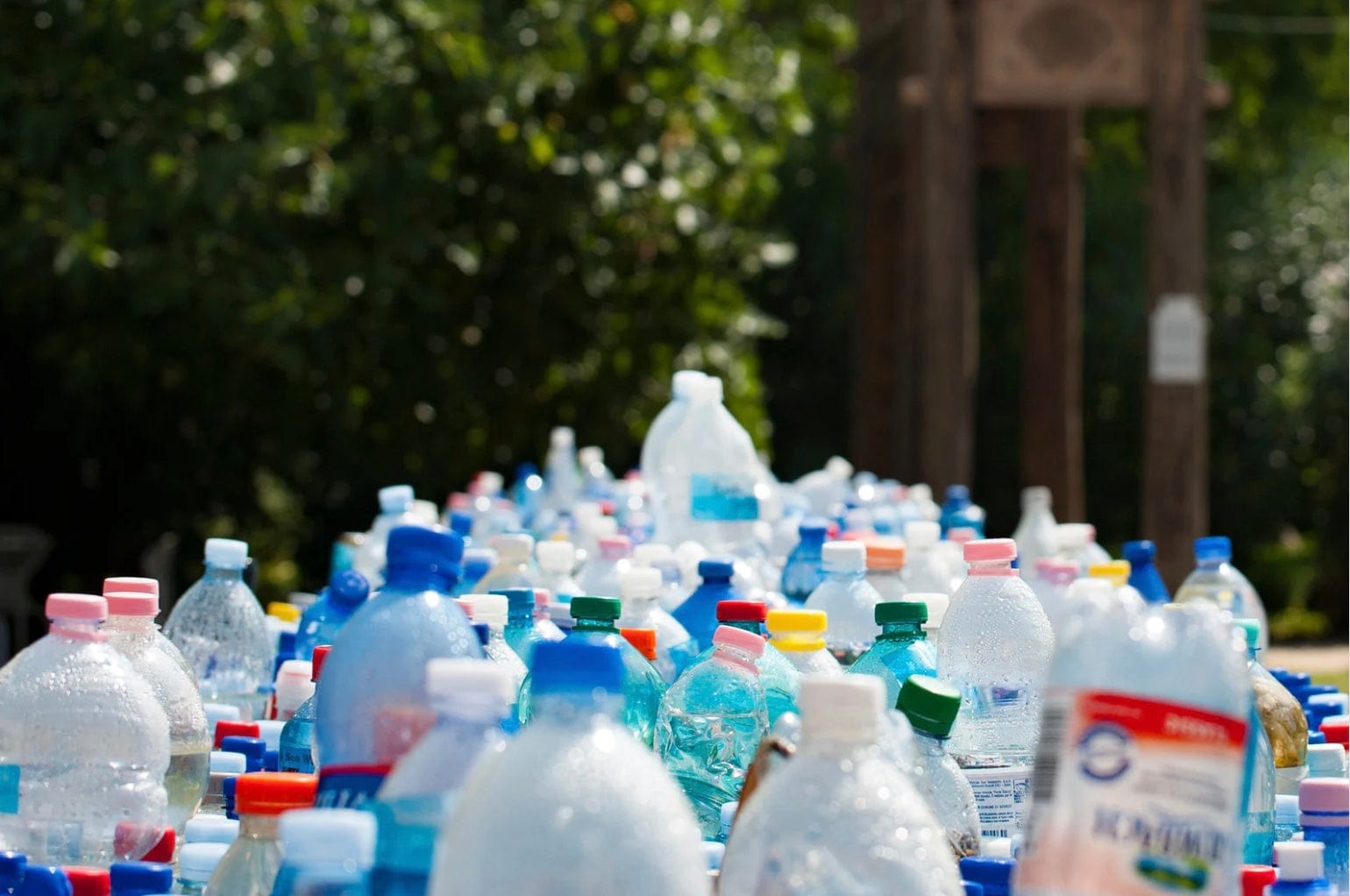
1. England Issues Ban on Single-Use Plastic
Lions and tigers and (single-use) plastic… Oh my!
When it comes to our everyday impact on the environment, there are truly few things that are scarier than single-use plastic. Not only do the BPAs found in these containers pose a threat to our health, they can cause all kinds of environmental harm. Many of these containers are used once, and are thrown away, up in our waterways or soil, breaking down and producing microplastics that are ingested by animals and humans alike.
Fortunately, many countries are recognizing the dangers of single-use plastics, and they are putting a stop to their use. England is among the countries that are putting their foot down on plastics.
What does this new ban include in England? Beginning October 1st, businesses in England are no longer allowed to supply their customers with any form of single-use plastic, including plastic grocery bags and food containers.
Campaigners have said that this ban leaves out many other polluting items, but it’s certainly a step in the right direction!
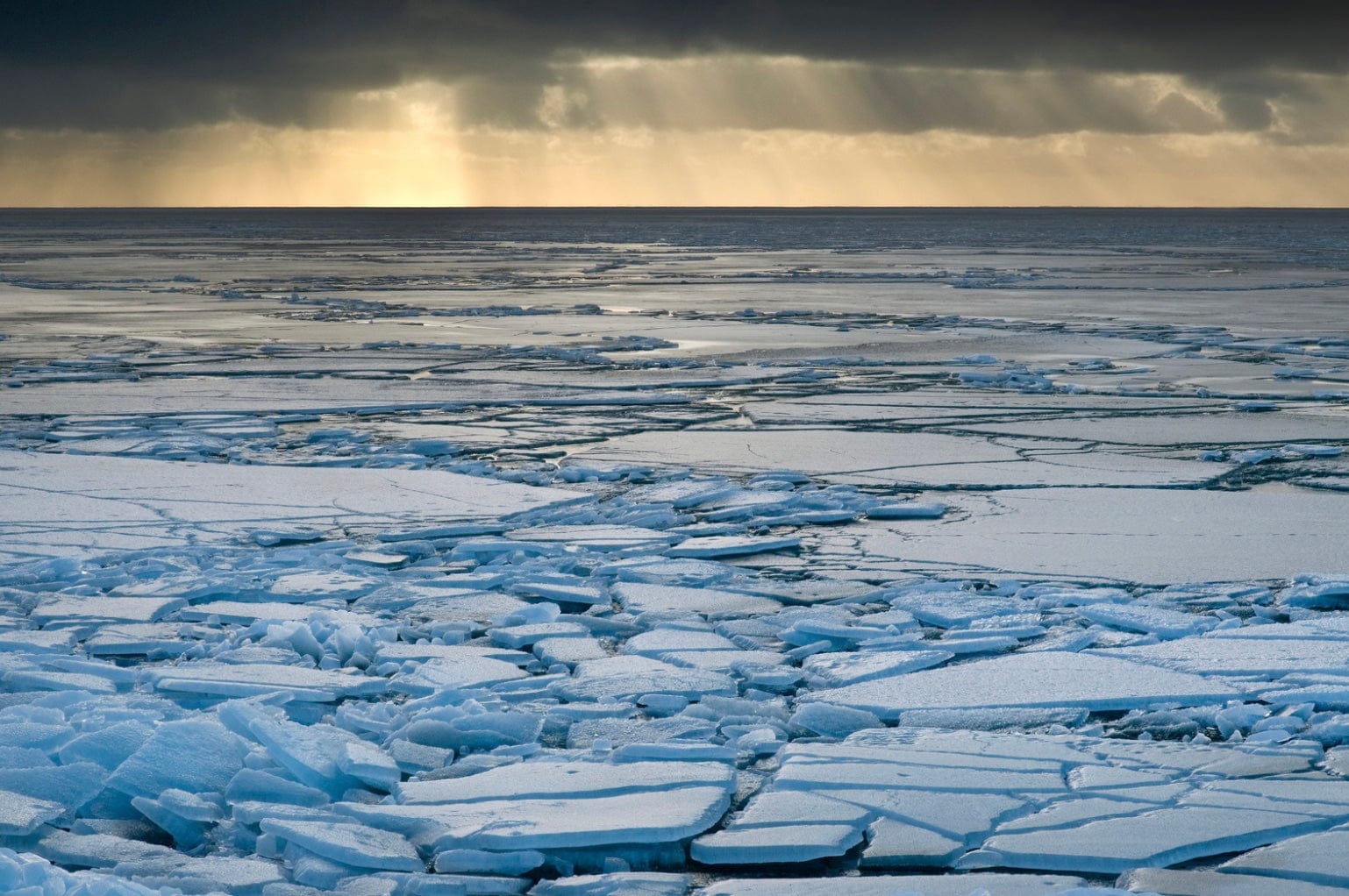
2. The Time to Save Greenland’s Ice Sheet Is Now
Climate change is scary. There’s no doubt about it. However, there may be something even scarier than the Earth’s rising temperatures: inaction.
Many of the risks we face are fast approaching –– such as Greenland’s melting ice sheet. It’s happening right now, so it may be easy to shrug it off and think, “There’s nothing that can be done.”
Turns out, there is something that can be done. Studies have shown that the world’s second-largest ice sheet might be more resilient than we originally thought. Even if global temperatures rise by 2 degrees Celsius by 2100, it’s possible that we can prevent the ice sheet from melting and causing a dangerous increase in sea levels.
Ideally, as a planet, we don’t want temperatures to rise any higher than 1.7 degrees Celsius above pre-industrial temperatures. However, many scientists believe that we’re approaching a point of no return.
But good news for the ice sheet: if we manage to stay within that 1.5 to 2 degrees range in the coming decades, there is still very much a chance to act and save this ice sheet. This means the time to act is now! Together, we can make an impact, reduce emissions, and save this ice sheet!
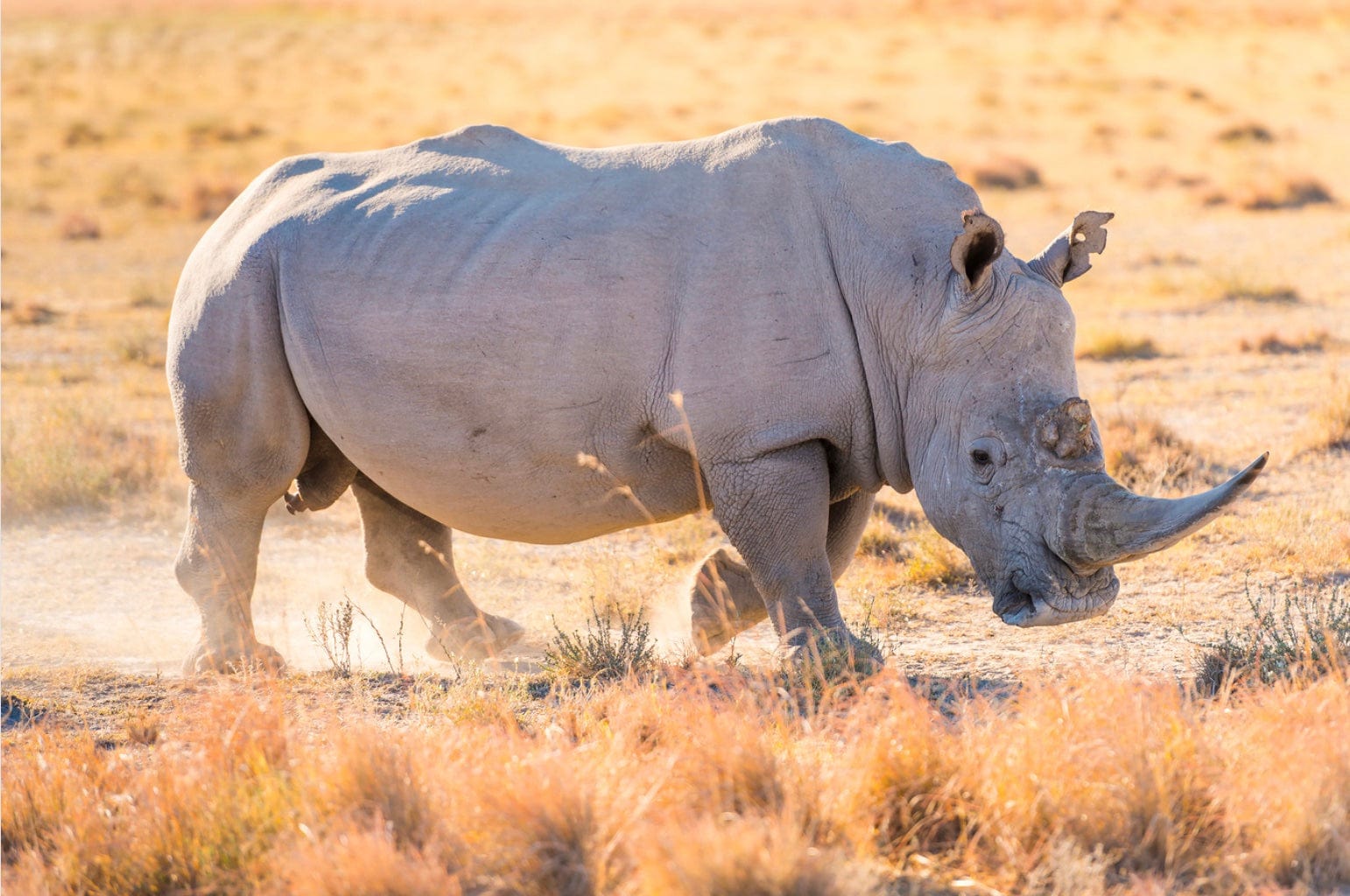
3. White Rhino Population Increases
If there’s anything we love more than trees, it’s animals! So, when there’s good news about wildlife, we just have to share it.
One of the more devastating effects of climate change is habitat loss. Wildlife species large and small are slowly disappearing as their homes vanish. This means that many species are being monitored by scientists to ensure their longevity –– even if they’re not considered endangered just yet.
Among those animals is the white rhino. The white rhino is a hoofed mammal found in Africa, and its existence is essential to African ecosystems. Since 2012, the population of these vital creatures has not been rising the way scientists hoped.
But that all changed this year.
For the first time in a decade, the International Union for Conservation of Nature (IUCN) announced that the number of rhinos has increased by 5.6 percent since 2021. Since these animals are not considered endangered, this is a big win for their preservation, and we need to do all we can to ensure these precious creatures stick around for the long haul!
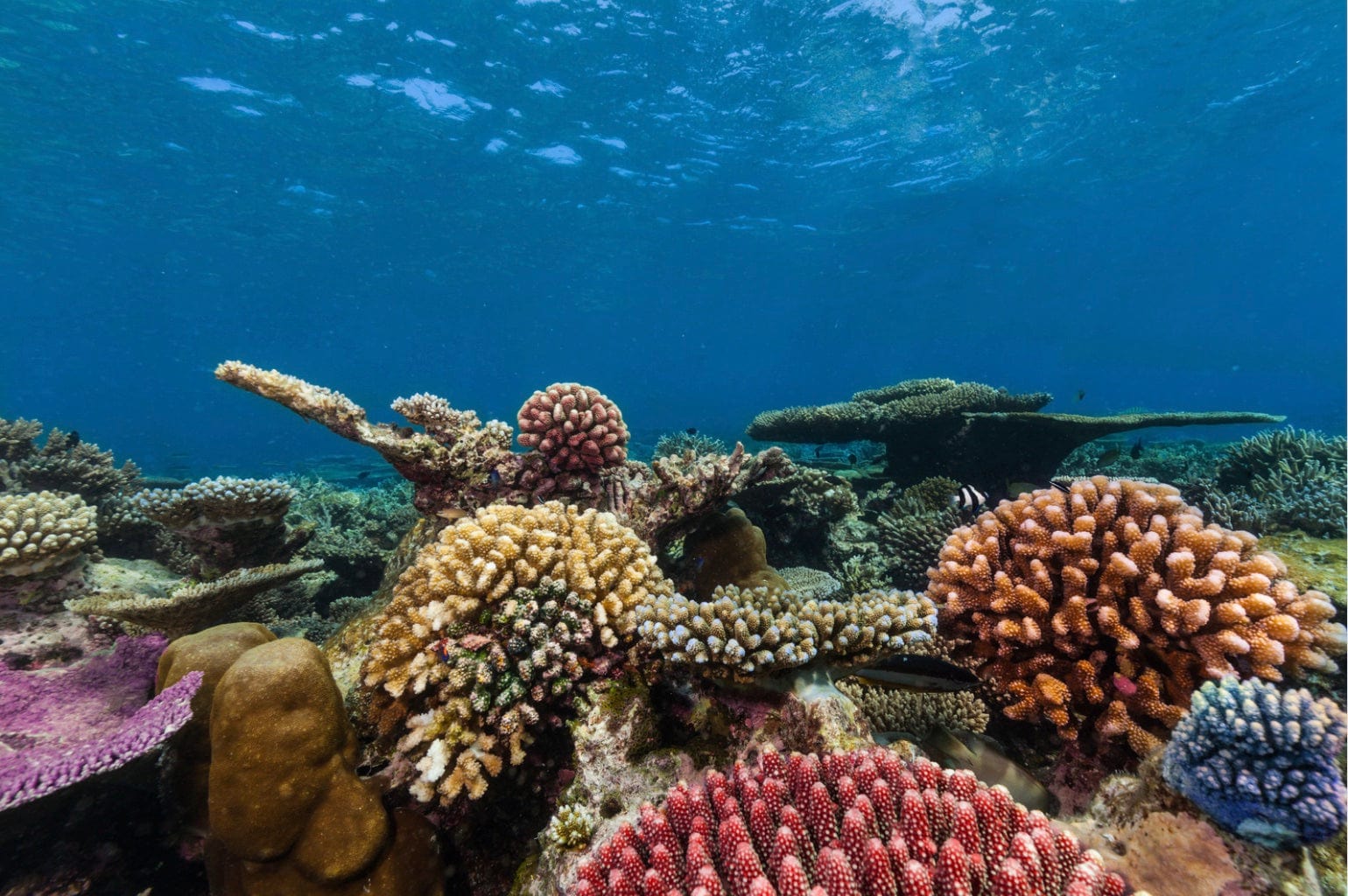
4. Coral Discovery Could Help Them Survive Climate Change
As it turns out, the ability of coral to adapt to rising sea temperatures might be a little more complex than scientists originally thought.
Previously, scientists believed that the offspring of high heat-tolerant coral species would be more resilient to temperature increases. However, recent findings have suggested that offspring from low heat-tolerant species tend to do better than their counterparts when exposed to high temperatures.
This could have a significant effect on how scientists continue to work on preserving coral reefs. Although additional research is needed, many scientists are hopeful that this will help them save corals by passing their resilience off to their offspring and ensuring they live on.
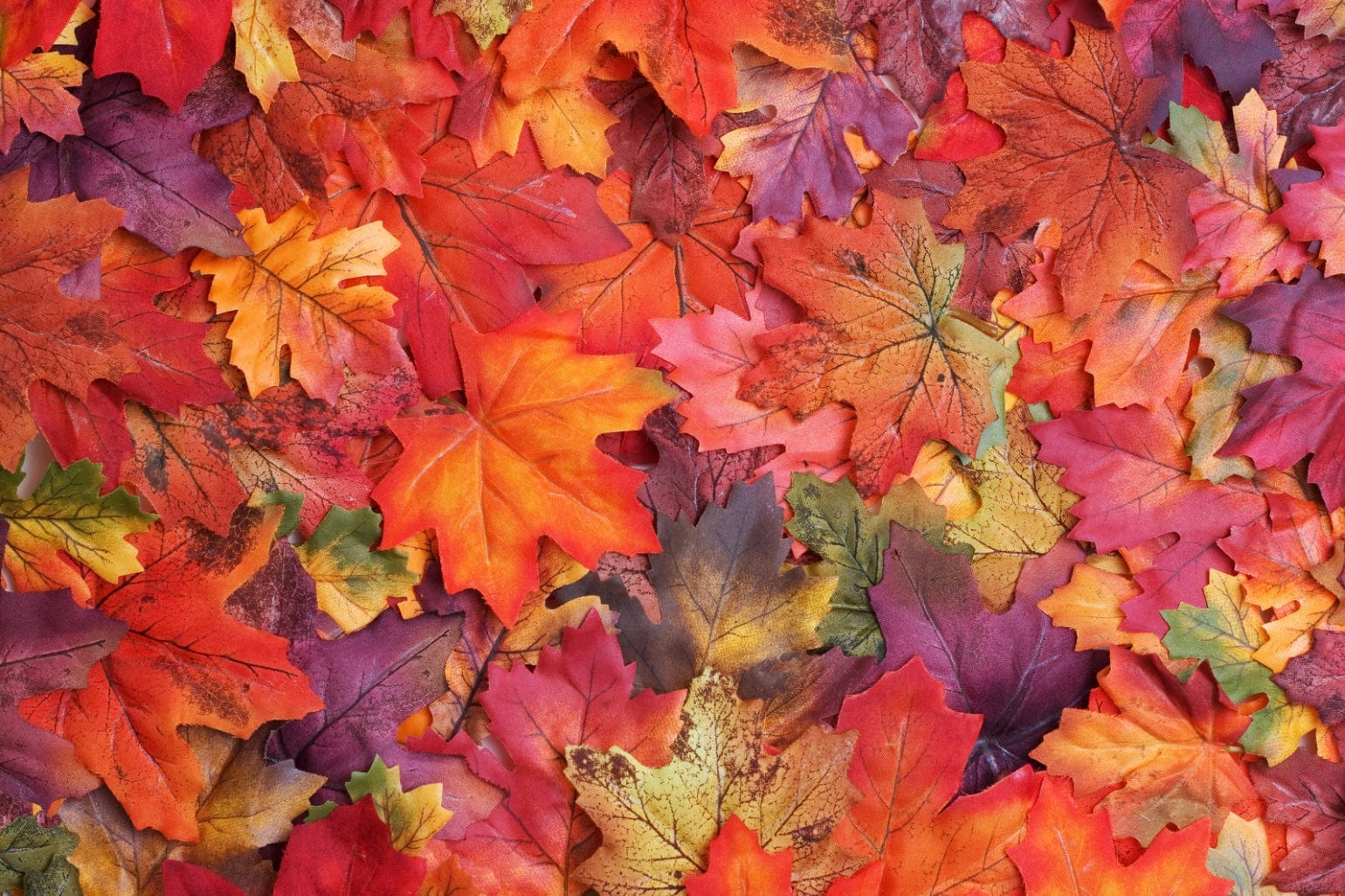
5. Fallen Autumn Leaves Have Ecological Benefits
As the temperatures cool, the leaves of deciduous trees transform into the beautiful oranges, yellows, reds, purples, and browns of autumn, blending together a new world of colors.
It truly is a sight to behold, but eventually, those leaves fall to the ground and crunch beneath our steps. During this season, many people decide to rake piles of leaves and discard them. Perhaps they rake in a pile to jump in for some classic fall fun, but eventually, those leaves are removed from yards and sidewalks.
Turns out, all that endless raking doesn’t have the best ecological benefits! This year, try leaving (no pun intended!) all that fall foliage on the ground. Not only do fallen leaves provide food and shelter for larvae and other organisms, but they also provide many essential nutrients as they decompose.
These decomposed (or even partially decomposed) leaves help to improve the soil structure, loosening heavy clays by adding essential draining properties. In sandy soils, they increase water retention by improving water-holding capacity.
For all of the gardeners out there, the organic matter of fall leaves also helps to improve soil fertility by providing important nutrients that will benefit plants and crops in your garden. So, save yourself from raking all season long and rest assured that you’re doing what’s best for your garden and the environment!

6. Tree Planting Really Does Work!
We get asked this question a lot: Does planting trees really make that big of a difference?
The answer: it does!
In fact, recent research has quantitatively proven that tree planting works as one of the most effective means of combating climate change. Not only is it effective at removing and storing carbon, trees are also vital homes to many important wildlife species. Planting trees is one of the most comprehensive ways to battle the effects of a warming climate.
The best thing about tree planting: it’s happening right now, and anyone can get involved and make an impact! Trees are the environment’s most effective and fierce defenders, and planting more of them is the best way to combat rising temperatures and habitat loss. Plant trees where they’re needed most and become a part of the climate fight!
We hope that you enjoyed reading October’s not-so-spooky good news stories as much as we enjoyed featuring them! Remember, there is good in the world if you know where to look for it. And if you want to create your own good news, you can help us scare off climate change by planting trees in the spookiest forest in the world: Transylvania!
We hope you have a fright-tastic Halloween!
